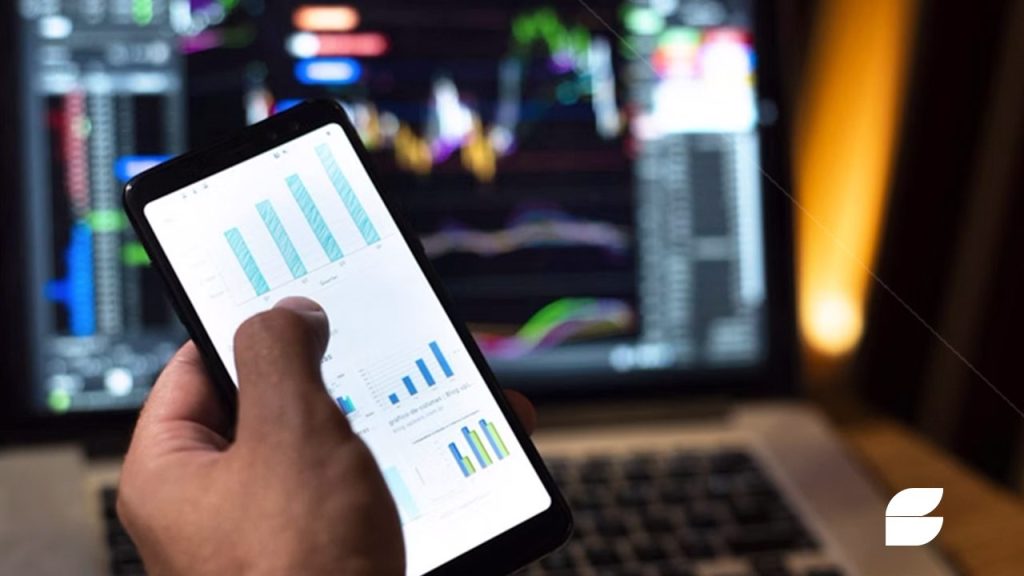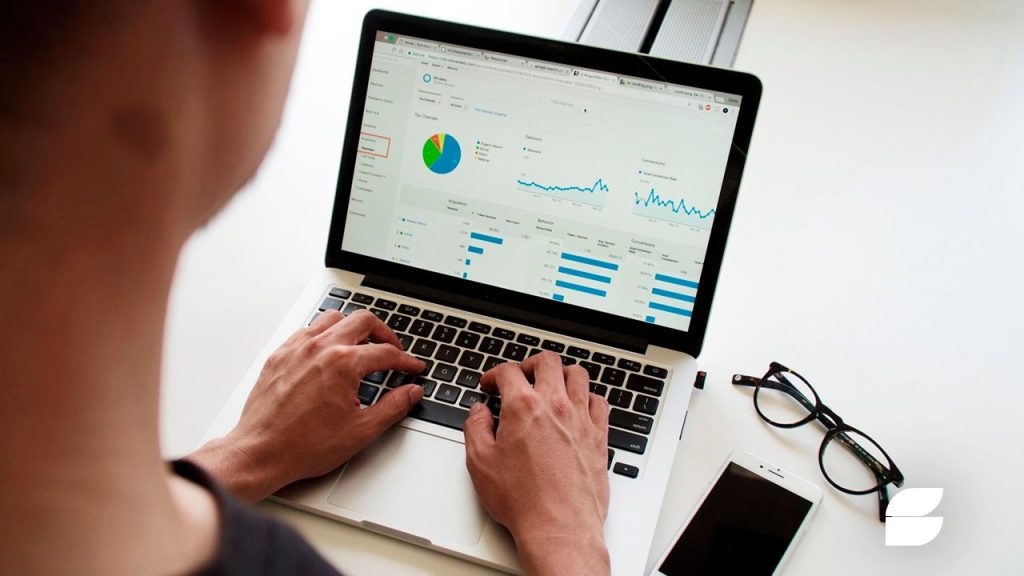In an increasingly data-driven world, the need for accurate forecasting has never been more pressing. Whether it’s predicting political outcomes, market trends, or the success of a new product, businesses, governments, and individuals alike rely on predictions to make informed decisions. One of the most innovative approaches to forecasting is through prediction markets. But what exactly are prediction markets? How do they work, and what are the risks associated with them?
Prediction markets, also known as “information markets,” “forecast markets,” or “betting markets,” allow participants to buy and sell shares in the outcome of future events. These markets tap into collective intelligence, using the wisdom of crowds to generate highly accurate predictions. However, while they offer exciting possibilities for decision-making and strategic planning, they are not without their risks.
This article will explore the mechanics of prediction markets, how they operate, their benefits, and the inherent risks involved.
What Are Prediction Markets?

At its core, a prediction market is a marketplace where individuals can trade contracts based on the outcomes of future events. These contracts are typically tied to a binary outcome: something either happens or it doesn’t. For example, participants might bet on the likelihood of a candidate winning an election, the price of a commodity hitting a certain value, or whether a tech company’s stock will rise above a specified threshold.
These markets are often compared to financial markets, where assets are bought and sold, but the key difference lies in the nature of the assets being traded. Instead of stocks or bonds, participants in prediction markets buy and sell shares that represent the probability of a specific outcome. The prices of these shares reflect the market’s collective belief in the likelihood of that outcome occurring.
For instance, in a political prediction market, participants might purchase shares in a candidate, where the price of a share represents the perceived probability of that candidate winning. If a candidate has a 70% chance of winning, the price of the share might be 70 cents. If the candidate wins, participants holding those shares will receive a payout, often pegged to a fixed amount (e.g., $1 per share).
How Do Prediction Markets Work?
Prediction markets function on the principles of supply and demand. When participants buy or sell shares, they influence the market price, which in turn reflects the aggregated belief of the market regarding the likelihood of a particular event. The more shares bought for a certain outcome, the higher the price, indicating that the market believes the event is more likely to happen. Conversely, if fewer shares are bought, the price drops, signaling that the event is considered less probable.
These markets rely on a large number of participants to operate efficiently. The diversity of opinions among a wide range of participants—from industry experts to the general public—helps to ensure that the market’s predictions are well-informed and accurate. This collective intelligence, or “wisdom of crowds,” is often more reliable than the predictions made by any single expert, as it draws upon a wider pool of information.
While traditional prediction markets can be facilitated by platforms like the Iowa Electronic Markets (IEM), more modern and decentralized versions exist on blockchain-based platforms. These decentralized prediction markets, such as Augur or Gnosis, offer greater transparency and can operate without central authority control.
Prediction markets also offer the advantage of being forward-looking. Traditional surveys or polls often capture only a snapshot of public opinion at a particular moment in time, whereas prediction markets continuously evolve based on the latest information and market sentiment, making them more adaptable and real-time.
The Benefits of Prediction Markets
The use of prediction markets has grown in popularity across various fields, particularly in business, politics, and finance. The ability to accurately predict the outcomes of events offers numerous advantages:
- Improved Decision-Making: Organizations can use prediction markets to gather valuable insights and make better-informed decisions. For instance, companies might use prediction markets to gauge the likelihood of the success of a new product or to forecast sales numbers.
- Increased Efficiency: By tapping into the collective intelligence of the market, prediction markets can aggregate a vast array of data points, leading to more accurate predictions. This is particularly valuable in high-stakes decision-making environments, such as political campaigns or stock market forecasting.
- Real-Time Insights: Unlike traditional forecasting methods, prediction markets offer continuous updates. As new information becomes available, the market prices reflect this, providing a real-time understanding of how events might unfold.
- Greater Transparency: In decentralized prediction markets, participants can view all transactions and predictions made by others. This transparency fosters trust and allows for more informed participation.
Risks of Prediction Markets

While prediction markets offer compelling advantages, they are not without their risks. These risks can stem from various factors, including market manipulation, misinformation, and the potential for overreliance on the predictions.
- Market Manipulation: One of the primary risks associated with prediction markets is the potential for manipulation. Since prices reflect the collective belief in the likelihood of an event, large participants or “whales” can skew predictions by purchasing a significant number of shares in one direction. This could mislead others and create a false sense of certainty about an outcome.
- Misinformation: Prediction markets are vulnerable to the spread of misinformation, particularly in the case of decentralized platforms. If participants are swayed by rumors or false data, the market’s prediction may not be based on reality. This could result in poor decision-making or financial losses.
- Legal and Regulatory Concerns: In some countries, prediction markets face legal challenges, especially when they are seen as a form of gambling or when they are tied to politically sensitive events. Many governments regulate or ban such markets, creating a complex legal landscape for businesses and individuals participating in them.
- Over-Reliance on Predictions: While prediction markets can provide valuable insights, it is important not to rely solely on them. Markets can be influenced by psychological biases or unexpected events, and no prediction model can guarantee accuracy. Over-relying on these predictions could lead to poor outcomes.
Conclusion
Prediction markets are an exciting and innovative tool for forecasting future events, offering businesses, governments, and individuals a unique way to tap into the collective intelligence of crowds. By facilitating the trading of outcomes based on probabilities, these markets provide valuable insights that can inform better decision-making and improve strategic planning. However, like any system, prediction markets come with inherent risks—such as market manipulation, misinformation, and legal challenges—that need to be carefully considered before participating.
As the world continues to evolve and the demand for accurate forecasting grows, prediction markets are likely to become an even more integral part of decision-making. By understanding how they work, their benefits, and the potential pitfalls, individuals and organizations can better navigate the future and make more informed, data-driven choices.



 Revvi Visa: Tarjeta para Recuperar Crédito con Aceptación Global <p class='sec-title' style=' font-weight: normal; line-height: 1.9rem !important; font-size: 17px !important;'> Inclusión financiera para consumidores con crédito limitado, aceptación Visa, tarifas más altas y gestión digital </p>
Revvi Visa: Tarjeta para Recuperar Crédito con Aceptación Global <p class='sec-title' style=' font-weight: normal; line-height: 1.9rem !important; font-size: 17px !important;'> Inclusión financiera para consumidores con crédito limitado, aceptación Visa, tarifas más altas y gestión digital </p>  Credit Card Revvi Visa — Visión general, aceptación y características principales <p class='sec-title' style=' font-weight: normal; line-height: 1.9rem !important; font-size: 17px !important;'> Tarjeta accesible para la reconstrucción del crédito, amplia aceptación Visa, funcionalidades digitales y control financiero básico. </p>
Credit Card Revvi Visa — Visión general, aceptación y características principales <p class='sec-title' style=' font-weight: normal; line-height: 1.9rem !important; font-size: 17px !important;'> Tarjeta accesible para la reconstrucción del crédito, amplia aceptación Visa, funcionalidades digitales y control financiero básico. </p>  Discover Card: <p class='sec-title' style=' font-weight: normal; line-height: 1.9rem !important; font-size: 17px !important;'> Discover Card: </p>
Discover Card: <p class='sec-title' style=' font-weight: normal; line-height: 1.9rem !important; font-size: 17px !important;'> Discover Card: </p>